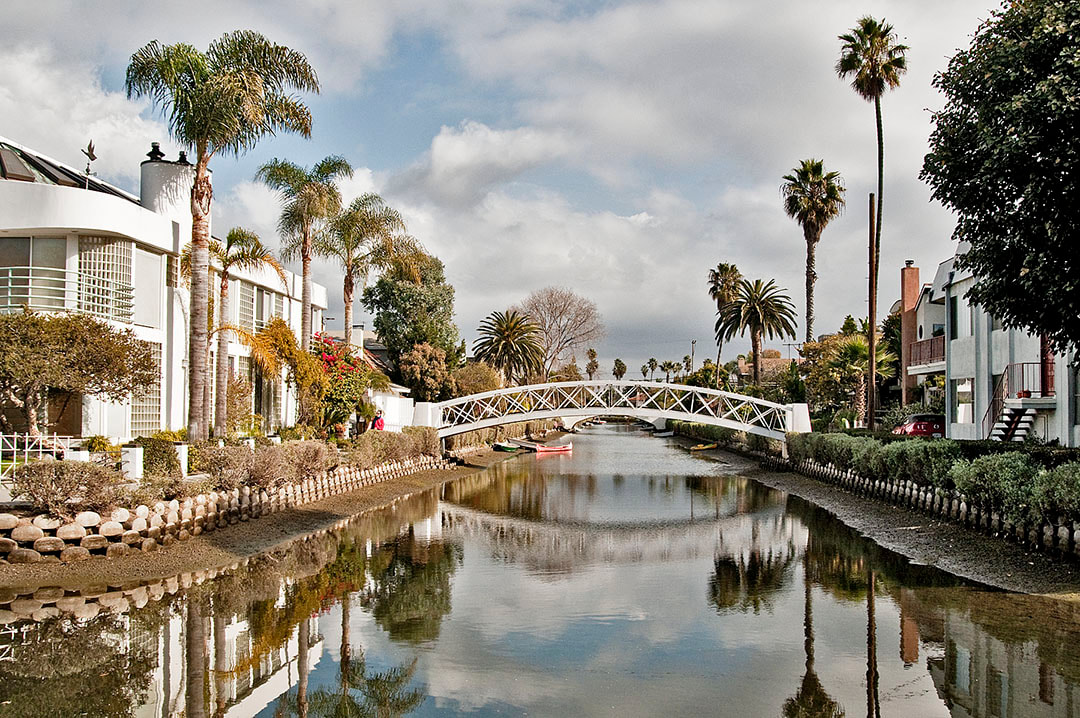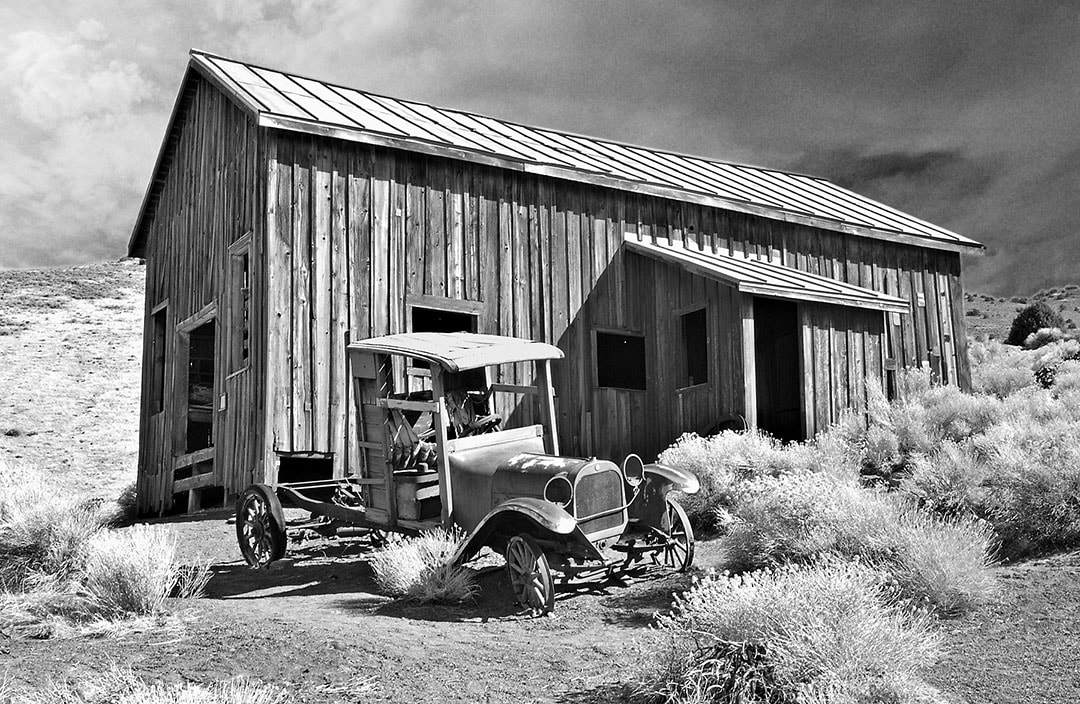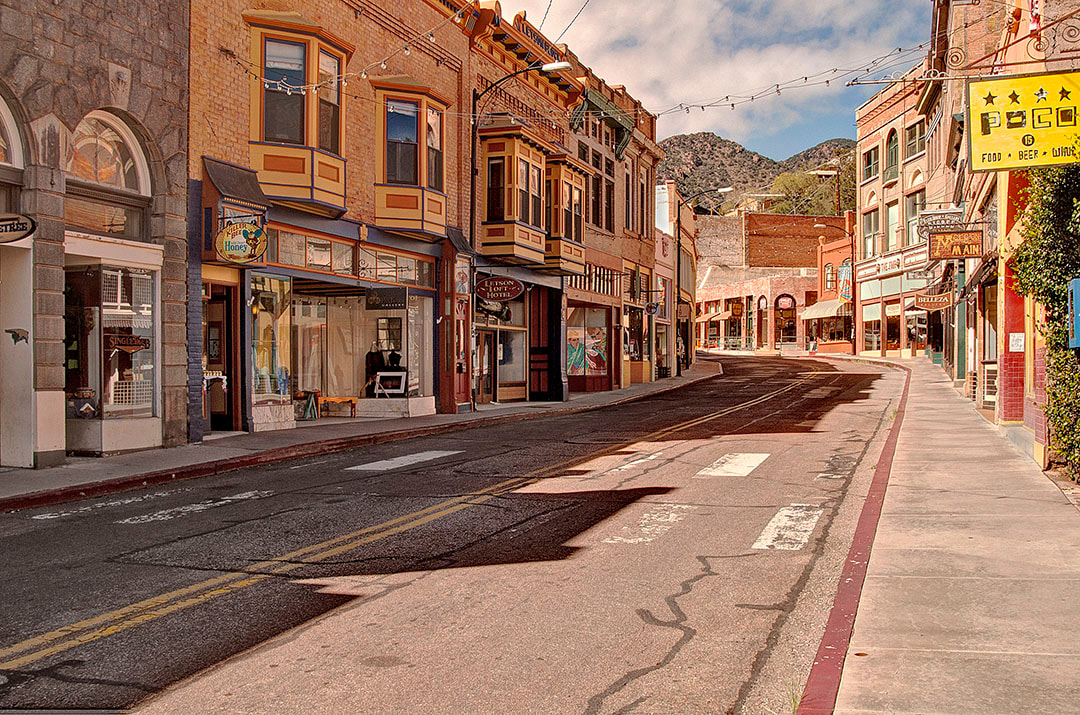|
Developer Abbott Kinney built a large crisscross system of waterways on the western edge of Los Angeles in 1905. Canals with gondoliers and arched footbridges attracted newcomers to California and helped sell property to the public. As the automobile became more popular, the canals were viewed as outdated, and most of the waterways were filled in by 1929 to create more roads. By 1940, the remaining canals had fallen into disrepair, and the sidewalks were condemned by the city. The canal district remained in poor condition for more than 50 years before being renovated in 1992 with all new sidewalks. The canals reopened in 1993 and have become a very fashionable and expensive residential neighborhood and one of Los Angeles’ hidden treasures. There are now four east-west canals and two north-south canals located south of Venice Boulevard and east of Pacific Avenue. For a quick look at the center of the canal area, drive north or south on Dell Avenue and cross a narrow bridge over every canal.
It’s called the Berlin-Ichthyosaur State Park. A large sign near the entrance to this Historic District points out the ghost town and the nearby site where many large fossils were recently discovered. There is a small museum near the entrance where you pay an entry fee. Drive up the hill to a small parking area in front of the old assay office. From here you can walk the trail around the historic mining town. The elevation here is about 7,000 feet. The mine’s old machine shop has no doors and is open to the public. An old Dodge truck is parked in front of the machine shop. Light streams through the mill’s open windows and creates contrast problems. I shot a bracketed series of exposures inside the machine shop and through the windows of the mill to assemble an HDR image, combining over-exposed images with under-exposed images to create a photograph of the scene with the full range of light I actually saw. I then moved outside and photographed the old truck and the exterior of the machine shop.
I’ve photographed aspen groves in the Sierra and in the Cascades, in the Tetons and in the Canadian Rockies. My favorite aspen groves are in the San Juan Mountains, only a few miles from Telluride, Colorado. In 1972, I made one of my favorite photographs, one of my best selling prints, on the edge of a grove above the small village of Ophir. Shot on color negative film with my 4x5 Linhof view camera, the scene was a simple pattern of vertical, smooth, white aspen trunks with only a few yellow leaves in late autumn still clinging to the tops of the trunks. The foreground was dry yellow grass at the edge of the meadow. It was shot on an overcast day under soft, indirect lighting with no deep shadows and no overexposed highlights. With a gray card and a spot meter I made certain that the exposure was correct.
At an elevation of 5,400 feet in Tombstone Canyon, Arizona, a rich deposit of copper was discovered in 1877. As soon as claims were filed, prospectors, speculators, and merchants poured into the area named Bisbee in honor of DeWitt Bisbee, one of the early stockholders in the new mine. The town grew quickly and filled with saloons, hotels, restaurants, and boarding houses as soon as copper production was running at maximum speed. The Bisbee Copper Mine reached peak production about the time America was becoming electrified. Around 1915, copper wire became a very valuable commodity and the air conditioner was invented making life in the desert possible. It gets hot here in the summer. During the peak of copper production, Bisbee had the largest population of any city in Arizona.
|
BlogNotes and images from Bob Hitchman. Archives
July 2024
|




